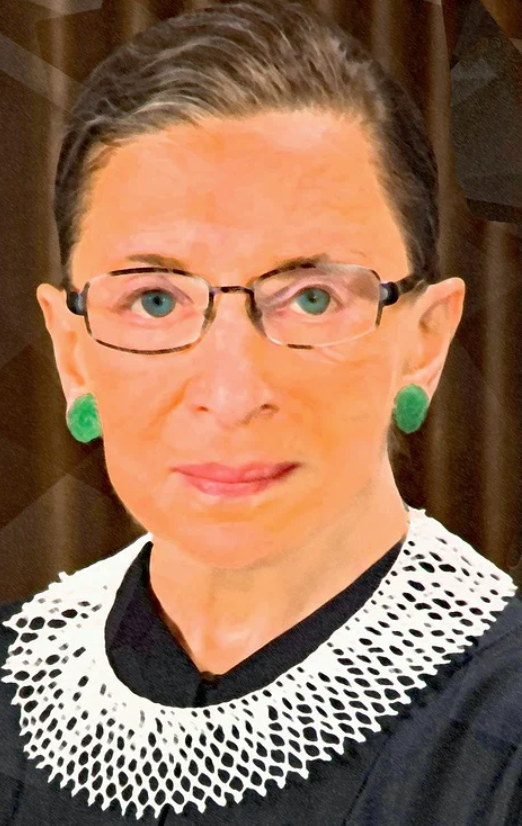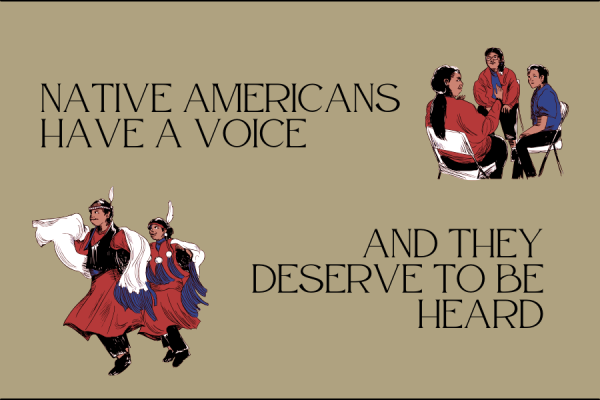RBG Remembered
On September 18 of 2020, Ruth Bader Ginsburg, one of feminism’s greatest leaders, died at the age of 87. Throughout her life RBG served on the U.S. Supreme Court for 27 years, the Court of Appeals for 13 years and as a lawyer, teacher and activist for all the years previous. During all this time Ginsburg made it her life mission to bridge the civil rights gap.
RBG was born into a low-income family, but was taught by her mother the importance of education and independence. Impressed by her mother’s selflessness in helping her brother to attend college while not being able to enroll herself, Ruth constantly worked at getting the best education she possibly could.
After excelling in high school and going on to graduate at the top of her class at Cornell University, Ginsburg went on to study at Harvard Law School where she was 1 of 9 female students in a class of 500. At Harvard she and her fellow female classmates were constantly chided for taking the place of male students, but Ginsburg never let that deter her in her studies. Even while her husband had cancer and she had a young child at home, Ginsburg still managed to attend her classes, her husband’s classes and take care of her daughter as well.
Once her husband recovered and graduated, he accepted a position at a New York law firm. The whole family moved, so Ginsburg finished her education at Columbia University where she graduated at the top of her class in 1959.
Upon graduation, Ginsburg found it difficult to gain employment despite her exceptional academic record. Gender discrimination plagued her whichever way she turned, so after clerking a few years she taught at Rutger’s University Law School (1963-72) and then at Columbia (1972-80) where she became the first female teacher to earn tenure at the University.
During the 1970’s, Ginsburg did more than teach— she also worked ceaselessly on the behalf of civil rights. She served as the director of the Women’s Rights Project and argued six landmark cases before the U.S. Supreme Court where she fought for gender equality as a whole, rather than just for women.
In 1980, President Jimmy Carter appointed RBG to the Court of Appeals where she served until 1993; President Bill Clinton then appointed her to the Supreme Court, where Ginsburg became the second female justice to serve on the court. In both positions Ginsburg continued her work in striving for equal rights for women and men, working tirelessly to make both parties equal under the law.
As the world struggles to figure out what to do now that this legend of a woman is gone, there is much questioning as to who will carry on the fight for gender equality. But in the words of Ginsburg herself, everyone must “fight for the things that [they] care about, but do it in a way that will lead others to join you,” because only then will the world advance in equality.





